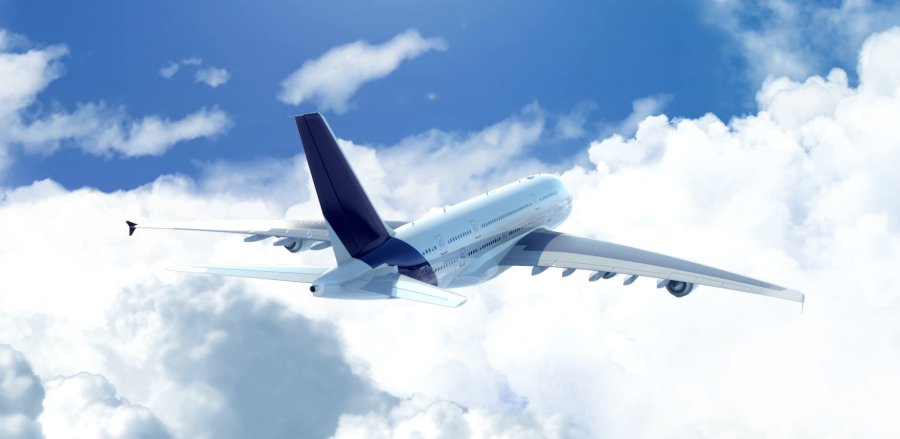AERONAUTICS ON ITS LITTLE CLOUD | |
Proof of the good health of this sector in 2014, still garnered 73 billion euros in orders. The aeronautical sector presented a positive trade balance of 23.6 billion euros. With such results, aeronautics is "the biggest contributor to the national trade balance", adds Gifas. Well almost. When orders flow in at Airbus, a whole sector, upstream, benefits. The business concluded by the European aircraft manufacturer has given signs of acceleration over the past year (1,456 aircraft ordered, 629 delivered), its suppliers have order books to bursting. The strong growth of air transport (+5% per year) is part of this movement. Even the military sector, long at half mast, is on the rise again, with the first export successes of the Rafale (Egypt, Qatar and soon India)... Manufacturers are all faced with the same concern: increasing production rates. Recruitment difficulties Despite overflowing order books and rising production rates, aeronautics companies, which employ a total of 180,000 people, are struggling to hire. In 2014, they recruited 10,000 employees in total, i.e. a net balance of 2,000 hires. But, for 2015, Gifas foresees only 8,000 recruitments. Everything is going well, therefore, except that the equipment manufacturers and subcontractors, often SMEs, which are not completely in tune with the cycle of major aircraft manufacturers such as Airbus or Dassault. As a result, orders for A330s are down. The A350 – which is to succeed it – is only in its start-up phase, while the arrival of a new aircraft requires significant investment for SMEs. The increase in production rates goes through equipment manufacturers and subcontractors. To improve performance and increase the industrial growth of the “supply chain”, the major contractors have financed, with the public authorities, a consultancy program for SMEs. 1,500 of them have already benefited from it and this program should be renewed in 2016. In terms of human resources: difficulties in recruiting production personnel. For aeronautical companies, which employ a total of 180,000 employees, the aeronautical sector has recruited no less than 70,000 people since 2010 and they have hired 10,000 employees in total, ie a net balance of 2,000 hires. But, for aeronautical companies, which employ a total of 180,000 employees, the aeronautical sector has recruited no less than 70,000 people since 2010. In 2015, Gifas foresees only 8,000 recruitments. foresees only 8,000 recruitments. Several hundred jobs in the metallurgy, positions of boilermaker, welder, cabler or fitter are not filled for lack of an attractive image among young people. This decrease is linked in particular to difficulties in recruiting production personnel. From one region to another, the recruitment situation is very different. If Ile-de-France or the Midi-Pyrénées do not have a shortage, in Aquitaine it is more difficult, but elsewhere it is even harder. |
|
| Luc T. for DayNewsWorld | |
 |
|




